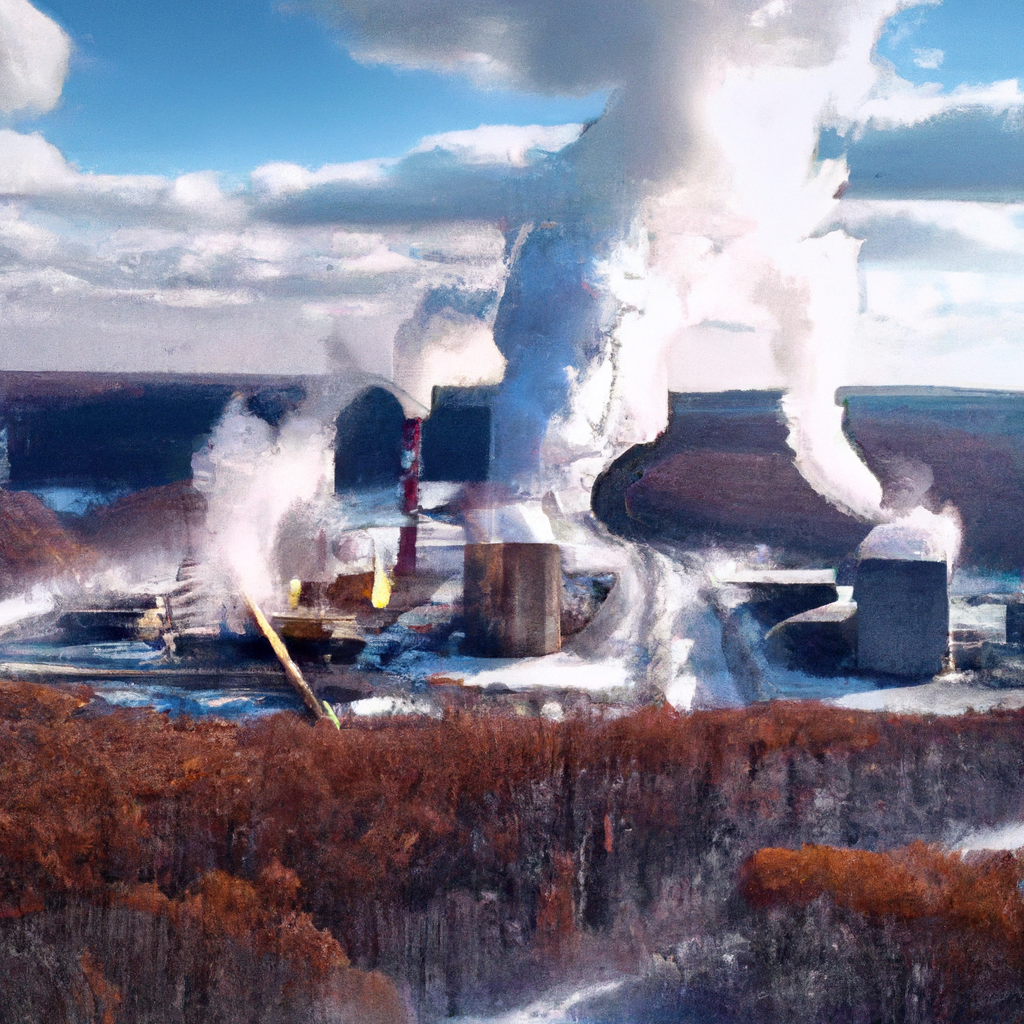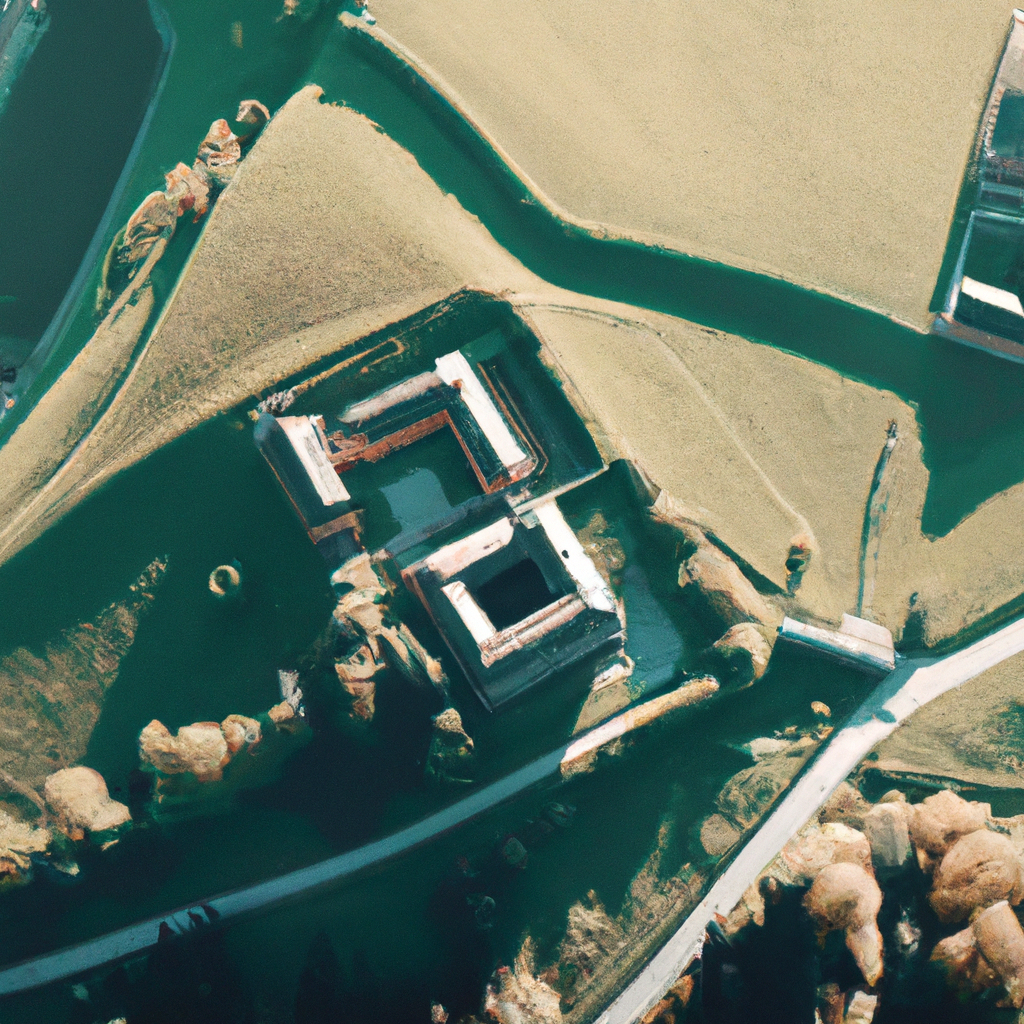
-
Article Summary
- Your Beloved Distillery: From Spirits to Art
- Key Takeaways
- Introduction: The Artistic Evolution of Distilleries
- The Intersection of Art and Distilleries
- Distilleries as Economic and Cultural Contributors
- Art and Sustainability in Distilleries
- FAQ Section
- 1. How are distilleries incorporating art into their spaces?
- 2. How are artistic distilleries contributing to local economies?
- 3. How are distilleries promoting sustainability through art?
- 4. What are some examples of distilleries that have incorporated art into their spaces?
- 5. Why are distilleries collaborating with artists?
- Conclusion: The Artful Impact of Distilleries
- Key Takeaways Revisited
Your Beloved Distillery: From Spirits to Art

[youtubomatic_search]
Key Takeaways
- Distilleries are evolving from mere producers of spirits to cultural and artistic hubs.
- Many distilleries are incorporating art and design into their spaces, creating immersive experiences for visitors.
- Distilleries are collaborating with artists and designers to create unique bottle designs and labels.
- Artistic distilleries are contributing to local economies and tourism.
- Distilleries are using art to promote sustainability and environmental consciousness.
Introduction: The Artistic Evolution of Distilleries
The world of distilleries is undergoing a transformation. No longer are they just places where spirits are produced; they are evolving into cultural and artistic hubs, where the art of distilling is celebrated and shared with the public. This article explores how distilleries are incorporating art and design into their spaces, collaborating with artists, contributing to local economies, and promoting sustainability.
The Intersection of Art and Distilleries
Many distilleries are now incorporating art and design into their spaces, creating immersive experiences for visitors. For example, Bombay Sapphire’s Laverstoke Mill distillery in England features a stunning glasshouse designed by Thomas Heatherwick, which houses the botanicals used in the gin. Similarly, the Macallan distillery in Scotland, designed by Rogers Stirk Harbour + Partners, is a striking piece of architecture that blends seamlessly with the surrounding landscape.
Distilleries are also collaborating with artists and designers to create unique bottle designs and labels. For instance, Absolut Vodka’s limited-edition bottles, designed by artists like Keith Haring and Andy Warhol, have become collector’s items. These collaborations not only enhance the visual appeal of the products but also help distilleries reach a wider audience.
Distilleries as Economic and Cultural Contributors
Artistic distilleries are contributing significantly to local economies and tourism. They attract visitors who are interested in the art of distilling, as well as those who appreciate art and design. According to a report by the American Craft Spirits Association, craft distilleries contributed $3.7 billion to the U.S. economy in 2018, with a significant portion of this coming from tourism.
Distilleries are also playing a role in revitalizing communities. For example, the Jameson Distillery in Dublin, Ireland, has been instrumental in the regeneration of the Smithfield area, attracting tourists and stimulating local businesses.
Art and Sustainability in Distilleries
Distilleries are using art to promote sustainability and environmental consciousness. For example, the Glenfiddich distillery in Scotland has an artist-in-residence program, where artists create works inspired by the distillery and its commitment to sustainability. Similarly, the Maker’s Mark distillery in Kentucky has a program called “Artists for Clean Water,” where artists create installations that highlight the importance of clean water for bourbon production.
FAQ Section
1. How are distilleries incorporating art into their spaces?
Distilleries are incorporating art into their spaces by collaborating with artists and designers to create unique interiors, bottle designs, and labels. They are also creating immersive experiences for visitors, such as art installations and exhibitions.
2. How are artistic distilleries contributing to local economies?
Artistic distilleries contribute to local economies by attracting tourists, stimulating local businesses, and creating jobs. They also contribute to the economy through the sale of their products.
3. How are distilleries promoting sustainability through art?
Distilleries are promoting sustainability through art by hosting artist-in-residence programs and art installations that highlight their commitment to sustainability and the importance of clean water for spirit production.
4. What are some examples of distilleries that have incorporated art into their spaces?
Examples of distilleries that have incorporated art into their spaces include Bombay Sapphire’s Laverstoke Mill distillery in England, the Macallan distillery in Scotland, and the Maker’s Mark distillery in Kentucky.
5. Why are distilleries collaborating with artists?
Distilleries are collaborating with artists to enhance the visual appeal of their products, reach a wider audience, and create unique experiences for visitors.
Conclusion: The Artful Impact of Distilleries
Distilleries are evolving from mere producers of spirits to cultural and artistic hubs. By incorporating art and design into their spaces, collaborating with artists, contributing to local economies, and promoting sustainability, they are redefining the distillery experience and making a significant impact on the spirits industry and beyond.
Key Takeaways Revisited
- Distilleries are evolving from mere producers of spirits to cultural and artistic hubs.
- Many distilleries are incorporating art and design into their spaces, creating immersive experiences for visitors.
- Distilleries are collaborating with artists and designers to create unique bottle designs and labels.
- Artistic distilleries are contributing to local economies and tourism.
- Distilleries are using art to promote sustainability and environmental consciousness.
[youtubomatic_search]






